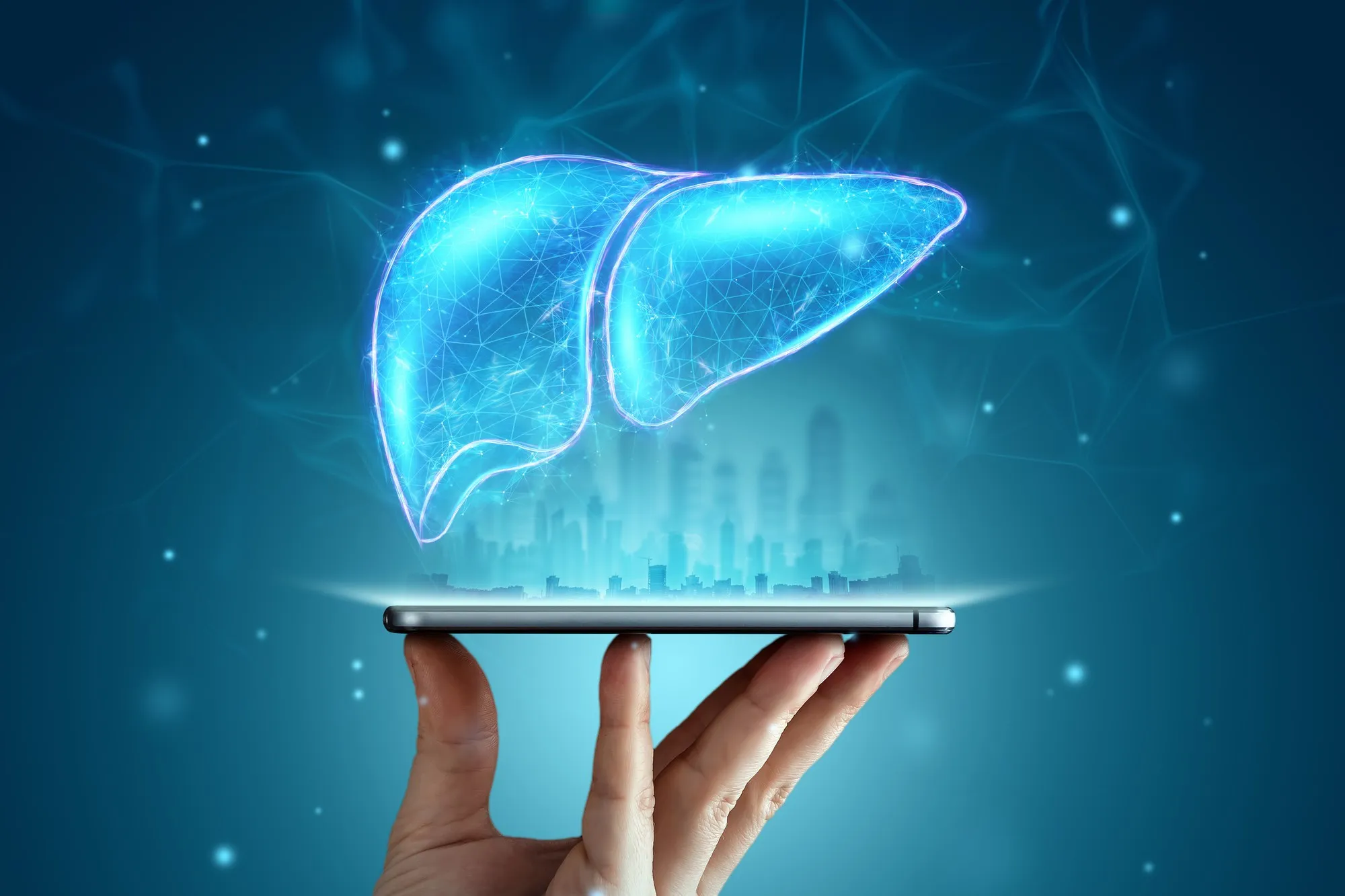In a recent pivotal study published on January 14, 2024, in the Journal of the American College of Radiology (JACR), researchers systematically review and critically evaluate the role of radiomic features in forecasting treatment response in patients with hepatic masses undergoing Transarterial Radioembolization (TARE). Given the complexity and variability of liver tumors, such prognostic tools could represent a substantial leap in personalized patient care.
Transarterial Radioembolization (TARE) has gained prominence as a frontline intervention against hepatic masses, including hepatocellular carcinoma. TARE delivers targeted radiation to cancerous liver tissue via the hepatic artery, minimizing damage to surrounding healthy tissue. Despite its increased utilization, predicting which patients will benefit most from TARE remains a challenge, a gap that the innovative field of radiomics aims to fill.
Radiomics refers to the extraction and analysis of advanced quantitative imaging features from radiographs, CT scans, MRI, and PET images. These features, which are not discernible to the human eye, correlate with underlying pathology, providing opportunities to predict disease behavior and treatment outcomes accurately. If leveraged effectively, they can inform decision-making, perhaps by adjusting treatment plans in real-time in response to changing tumor characteristics.
This landmark article, carrying the DOI 10.1016/j.jacr.2023.12.029, presents a systematic review, meta-analysis, and quality appraisal study that thoroughly analyzes the potential of radiomics as an early predictor of treatment response for patients undergoing TARE. The study, led by Mohammad M. Mirza-Aghazadeh-Attari and colleagues from the Division of Vascular and Interventional Radiology at John Hopkins University, pools data from multiple studies to draw its conclusions.
The systematic review encompassed a total of 15 studies. By appraising the methodological quality through the Radiomics Quality Score (RQS) and the CheckList for EvaluAtion of Radiomics Research (CLEAR), the team rigorously evaluated evidence for the utility of radiomics in this context. According to their findings, the average RQS was 11.4 ± 2.1, with CLEAR scores averaging at 33 ± 6.7, suggesting moderate quality in the radiomics studies surveyed. A correlation coefficient (CC) of 0.73 between the two metrics underscored a strong link between these evaluation tools.
Importantly, the meta-analysis revealed that the pooled sensitivity and specificity of the radiomic profiles in anticipating a complete or partial response to TARE stood at 83.5% (76%-88.9% CI95%) and 86.7% (78%-92% CI95%) respectively. These figures demonstrate significant potential for radiomics in guiding treatment responses.
However, the study also underscores the challenge posed by the considerable heterogeneity in methodological quality across the reviewed studies. This variability limits the ability to generalize results and underscores the need for standardized practices in radiomic research.
Looking ahead, the researchers emphasize the importance of harmonizing methods in radiomic studies. To enhance the predictive accuracy and reliability of radiomic models, the authors call for future initiatives to develop signatures based on multiple external datasets that strictly adhere to established quality measures in radiomics methodology.
Concluding their publication, the authors of this metanalysis point to the promising horizons for precision medicine using radiomics. They foresee a future in which the integration of radiomic features into clinical algorithms enhances the personalization of TARE, improving outcomes and refining treatment regimens for patients with hepatic lesions.
The article sets the stage for increased interdisciplinary collaboration, merging the expertise of radiologists, oncologists, and data scientists. As this field evolves, so does the potential for a transformative impact on cancer care.
Keywords
1. Radiomics in Hepatic TARE
2. Treatment Prediction using Radiomics
3. Meta-analysis of Transarterial Radioembolization
4. Radiomic Features for Liver Cancer
5. Personalized Medicine in Interventional Radiology
References
1. Mirza-Aghazadeh-Attari, M. M., Srinivas, T. T., Kamireddy, A., Kim, A. A., & Weiss, C. R. (2024). Radiomics Features Extracted from Pre and Post-Procedural Imaging in Early Prediction of Treatment Response in Patients Undergoing Transarterial Radioembolization (TARE) of Hepatic Lesions: A Systematic Review, Meta-analysis, and Quality Appraisal Study. Journal of the American College of Radiology: JACR, S1546-1440(24)00002-4. doi:10.1016/j.jacr.2023.12.029
2. Lambin, P., Leijenaar, R. T., Deist, T. M., Peerlings, J., de Jong, E. E., van Timmeren, J., … & Aerts, H. J. (2017). Radiomics: the bridge between medical imaging and personalized medicine. Nature Reviews Clinical Oncology, 14(12), 749.
3. Gillies, R. J., Kinahan, P. E., & Hricak, H. (2016). Radiomics: Images Are More than Pictures, They Are Data. Radiology, 278(2), 563-577.
4. Kumar, V., Gu, Y., Basu, S., Berglund, A., Eschrich, S. A., Schabath, M. B., … & Goldgof, D. (2012). Radiomics: the process and the challenges. Magnetic resonance imaging, 30(9), 1234-1248.
5. Sollini, M., Antunovic, L., Chiti, A., & Kirienko, M. (2018). Towards clinical application of image mining: a systematic review on artificial intelligence and radiomics. European Journal of Nuclear Medicine and Molecular Imaging, 45(12), 2156-2164.
